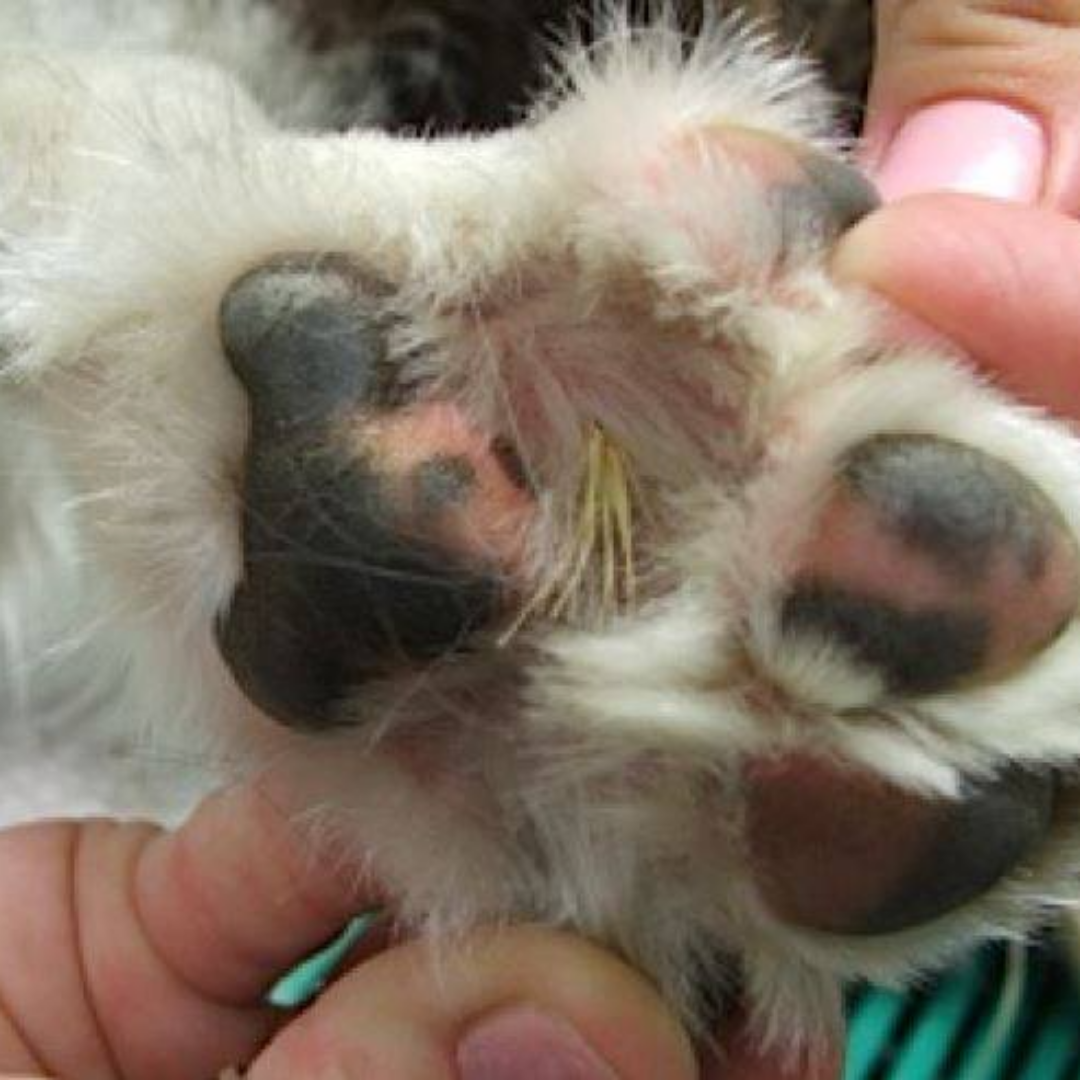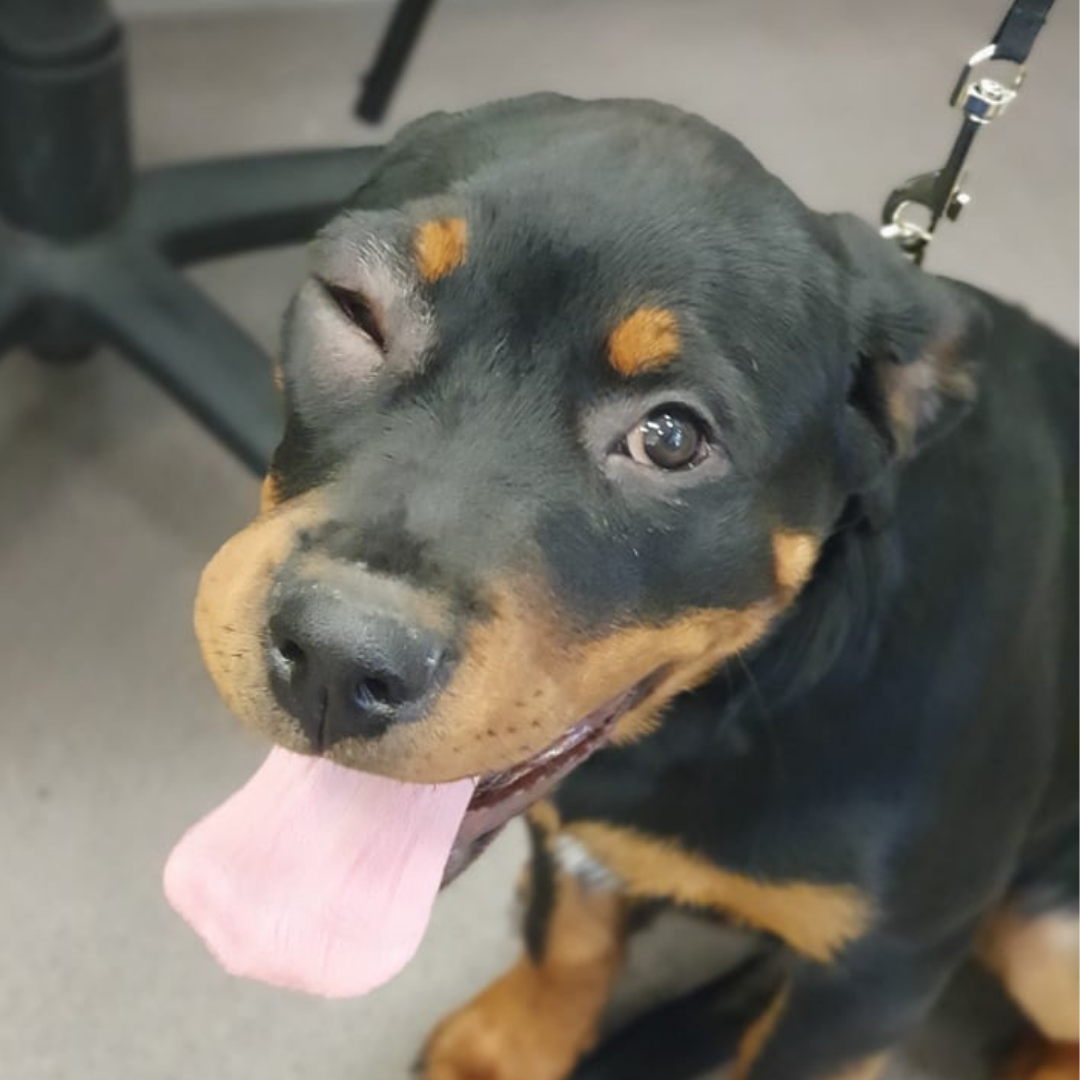Summer Precautions For Your Pet
Summer is a great time of year for your pets with warmer temperatures, longer days, and holidays with their owners.
However, there are a few extra precautions during the summer that we need to take for our pets to keep them safe.
Walking
Remember the 5 second rule for testing hot pavements before your pet walks on them.
The number one thing to keep in mind while walking your pet is heat and avoiding heat stress for your pets. So, when you take your dog for a walk on the pavement, if you can’t hold the back of your hand or foot on the pavement for 5 seconds, then it’s too hot for your dog and their pads to be walking on the pavement.
Travelling
If it’s a hot day, in the mid-twenties or above, never leave your pet in the car. Parking in the shade - even with the windows down, the temperature still rise beyond a safe level. Dogs rely on panting to cool down and in a hot car, during high temperatures, that's not enough - they will be at risk of suffering heatstroke.
Swimming
During the summer your pet may swim a bit more. This is a great activity for your dog, however, water in the ear if it doesn’t come out can lead to ear infections. Watch for extra head shaking or scratching at the ear. If you suspect your dog has developed an ear infection, visit your vet.
Toxic algae found in waterways across the country are dangerous if your pet ingests it. Keep an eye out for algae in the water – if you are in doubt about the algae in your local water way keep your pet out.
Symptoms of cyanotoxin poisoning in dogs include:
Panting
Lethargy
Muscle tremors
Twitching
Convulsions
If your dog is showing these symptoms after being in contact with a waterway, contact your Vet immediately. The LAWA website is a great resource for checking which waterways are safe nearby for you and your pet.
Barley grass
Barley grass seed lodged in the paw.
There is a lot of barley grass around in the summer. Barley grass and foxtail awns stick to fur and can pass easily through the skin. Grass seeds are designed to catch and hold, being arrow-like with small barbs. The barbs prevent them falling off a pet’s hair or skin and also mean that each movement of the body can drive the seed deeper into fur, tissues or cavities.
Prevention is better than cure when it comes to grass seeds. Keep your pet groomed (especially feet and ears) and your lawns short. Do not let your dog play in the long, unkept grass at the edge of parks and by streams etc. during seed season. Check all feet, ears and the coat after each walk. Contact your vet for advice whenever you see any of the following symptoms:
Toes, feet and skin: Swelling of the skin, limping, weepy hole, excessive licking/chewing.
Ears: Head shaking/scratching, an ear which is painful to touch, yelping.
Eyes: Rubbing eye/squinting, swollen eyelids or discharge.
Fur: Matting.
Nose: Sneezing, nasal discharge, pawing at nose, difficulty breathing.
If you suspect your pet has barley grass, contact your vet immediately.
Bee Stings
Poor Mila had an encounter with a bee. After visiting the clinic, she made a full recovery.
Just like people, pets can have allergic reactions to bites and stings. Although the risk of bee stings is present year-round, spring and summer bees are more active.
If your pet has been stung, you might see bumps, swelling of the skin, itchiness, and in severe cases vomiting or drowsiness.
In cases where your pet is showing signs of distress from a sting, they really need to be checked out by the vet as soon as possible.
For severe swellings, or if your pet is very distressed, the vet can prescribe an antihistamine or a steroid which can help to alleviate the effects of the sting.






